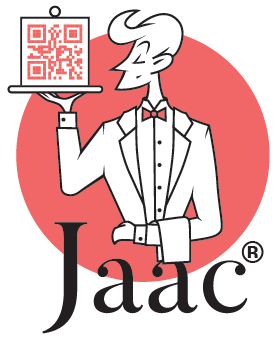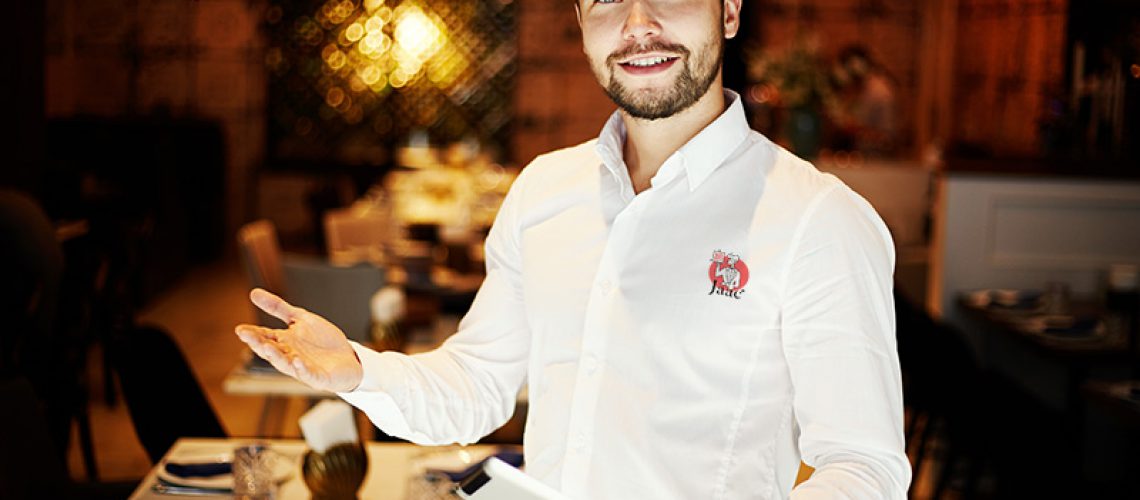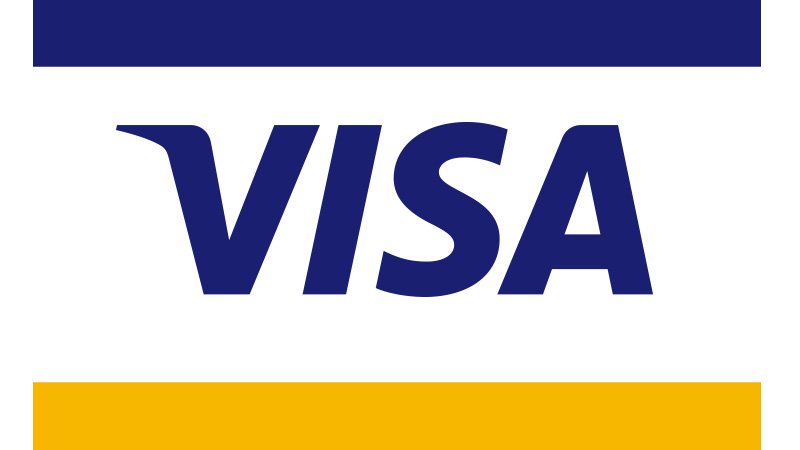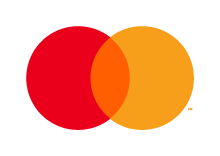Staffing has always been an eternal struggle for restaurants.
High turnover rates are expensive to maintain, and the mental toll of constantly retraining waiters and hosts can wear any restaurant manager or operator down. But worst of all, inefficient waiters are a direct drain on your profit margins.
Especially now in COVID-times, there’s zero wiggle room for wasted labor. To thrive in our rapidly changing industry, efficiency is a must-have—and that’s not changing anytime soon.
One of the greatest levers restaurants can pull to become more resilient and agile is to optimize waiter efficiency and lower labor costs.
And thankfully, modern restaurant technology is making it a whole lot easier to maximize front-of-house efficiency. And the benefits are wide-reaching…
- Serve more guests with fewer staff
- Lower turnover with improved organization and waiter mental health
- Focus on growing your business, rather than constant hiring
Here are the seven restaurant technologies that’ll get you there.
The Seating Manager: Give Hosts Seating Superpowers
Managing the front-of-house seating isn’t a burdensome task, but it’s not one that everyone can do. This means you’re dependent on a few key people who can perform the task well.
Digital seating managers, on the other hand, introduce semi-automation into the seating process, helping anyone on your staff—not just specially-trained hosts and hostesses—seat guests effectively.
And they unlock some new opportunities that aren’t possible with fully-manual systems…
- Optimize servers and seating to increase table turnover. Smart seating software can distribute guests based on how fast waiters are working. If one of your staff is moving extra-slow, the app can assign guests to a faster-moving waiter to keep up the pace of service.
- Identify your highest-performing waiters. It’s always an asset to be able to measure performance with real data—not just intuition. Now you can offer performance prizes and base your hiring and training on those high-performers.
- Take notes on guests. Most digital seating tools let you record notes on guests like food preferences, allergies, or special events. This allows you to continually build a database of customer knowledge you can use in the future to create better experiences for guests.
Effective seating strategy is a huge win—and with a digital tool, it’s a breeze—but it’s only the beginning.
The QR Code Menu: Offer Menu Browsing Anytime
QR code menus are back in style, thanks to COVID-19. Guests have shown a strong preference toward contactless dining in the midst of the pandemic, and shared items—like physical menus—are a no-go for most customers.
QR code menus don’t just enhance safety. They’re a deceptively simple tool for saving waiter time and reducing labor needs.
When your guest scans the QR code, they’re taken to a mobile-friendly version of your menu where they can browse dishes, see allergens, and even see images for your entire menu.
We strongly suggest avoiding PDF menus. They’re not easy to see on a mobile phone, and with how easy it is to set up a mobile-friendly menu, there’s no reason not to.
This cuts down on server time a few ways:
- Guests can begin browsing menus immediately when seated, at their own pace
- Updating menus for the day’s inventory takes seconds, so waiters never have to return because something’s out of stock
- Guests are less likely to have questions, because there’s no limit to the information you can attach to each dish
📢 We’re currently offering 50% OFF of Jaac QR Code Menus to help restaurants get back on their feet.
The Digital Trainer: Engage And Retain Employees
Strong, clear training can be hard to facilitate. There’s always another fire that needs putting out, and circumstances aren’t always right for new waiters to learn effectively—and bad habits often follow.
But the impact of good training is undeniable.
- Better training means greater engagement. According to a 2017 Gallup study, employees who are well-trained become more engaged because they’re good at their job. And that can reduce a restaurant’s turnover rate by a stunning 59%.!
- Better training means more service with fewer people. High-performance employees don’t need as much hand-holding, know how to multitask, and have higher order accuracy. Being able to focus on a few strong employees, rather than a bunch of medium-performance employees, is a huge time-saver.
On the job, in-person training can be unreliable, but online restaurant training tools never fail to teach the ropes exactly how you need them taught.
The Food Delivery Bot: Serve Food Without A Server
If you’re the experimental type, you might want to try offering your guests their food from a fully automated delivery robot. There are just a few innovators in this space, but they’re progressing quickly.
AI-powered delivery bots are currently a high up-front cost—the technology is still experimental—but they can significantly reduce your ongoing labor burden by cutting down on the number of food runners and waiters it takes to deliver food.
John Ha, CEO of Bear Robotics, claims his goal isn’t to replace human waiters, but to enhance them. By freeing up the hands of waiters, they can provide better experiences for guests, which will increase spend and lead to more repeat business.
The Phone AI: Automate Time-Consuming Phone Calls
Every time a customer calls your restaurant, it’s precious time that a waiter can’t serve dine-in guests. And that time adds up.
One estimate claims that the average pizzeria—a restaurant type with a higher-than-average call-in rate—spends $2,000 per month on the human cost of answering phone calls. That’s a lot of phone time!
But even regular fast casual and full service restaurants can benefit from dropping calls from the waiter’s list of to-do’s. Why not let a phone AI take orders or answer questions about hours or allergies?
Once again, your staff’s time will be freed up to better serve dine-in guests, who are then more likely to order more and return in the future.
The E-Waiter: Contactless Ordering Cuts Waiter Time By 70%
Before 2020, restaurant technologists predicted that tableside tablets and self-order kiosks were the future of restaurant ordering. Now those two technologies are dying out.
Your guests simply don’t want to use shared tools, like tablets, which are now seen as unsanitary and unsafe.
E-Waiters offer the same core functionality as tableside tablets and order kiosks, but at less than 1% the cost.
An E-Waiter is activated when your guest scans a QR code with their phone. Your guest can then browse your menu at-will, just like with a QR code menu.
But here’s where things are different…
An E-Waiter also allows your guests to call for a human waiter, place orders, and pay for their food—all from their device, without having to wave someone over.
This has significant impacts on waiter efficiency and costs…
- Waiter time is cut by 70%. Since they’re not handing out menus, taking orders, or waiting around while guests figure out what they’re hungry for, waiters can achieve max efficiency by only serving guests when they’re ready to be served—and that means you’ll need fewer staff on-shift at a time.
- There are zero hardware expenses. Since the E-Waiter is accessed from your customers’ phones, there’s no expensive kiosk or tablet to purchase or upkeep. This makes the solution extremely affordable.
📢 We’re currently offering 50% OFF of Jaac the E-Waiter—the world’s first E-Waiter— to help restaurants get back on their feet.
Given how accessible and powerful this technology, it’s unlikely that shared tablets and kiosks will ever be mainstream again. Good riddance!




